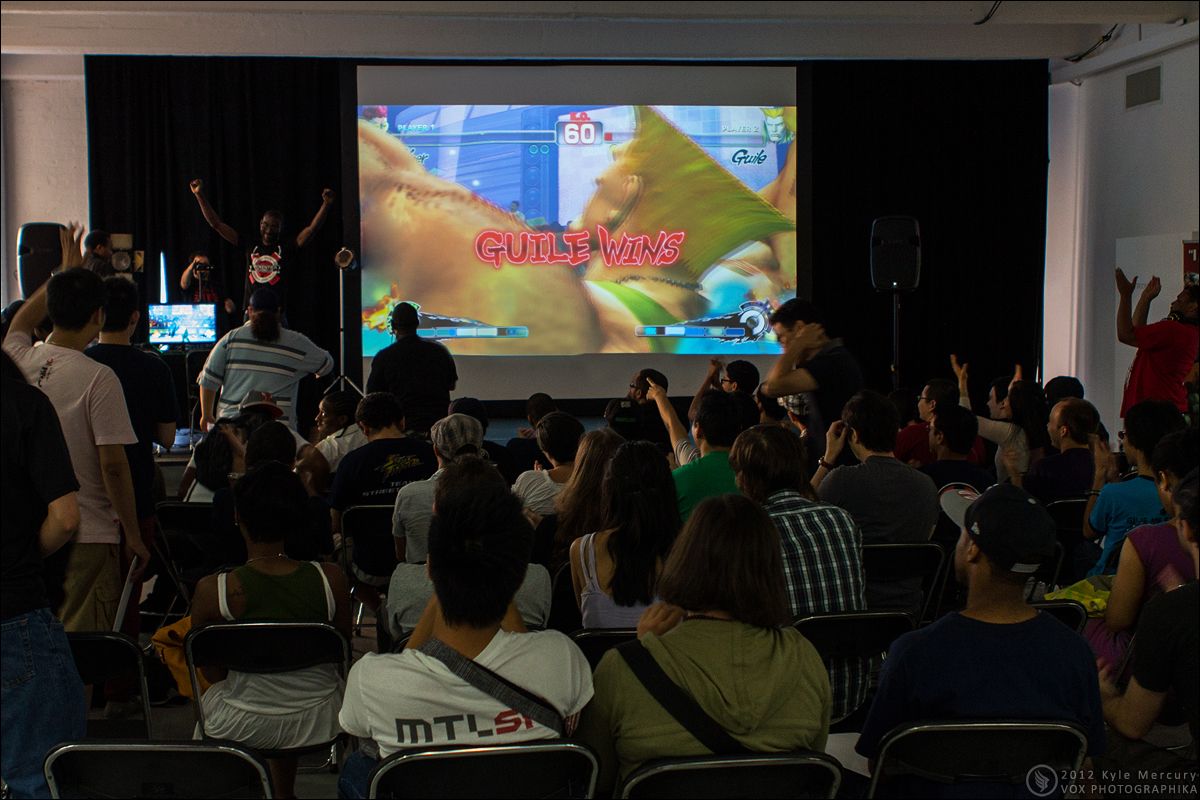There aren’t many series that can claim to have established the foundation for an entire genre of gaming. Inspiring a global culture of millions of would-be world warriors by crafting a universe featuring hundreds of iconic combatants spanning over sixty titles, not to mention creating the combo system (a staple of combat gameplay) by sheer accident, Street Fighter has become a definitive mainstay of video game history.
Enjoying moderate success at best, the first Street Fighter featured clunky controls and innovative but unrefined gameplay. Players were granted limited maneuvering options that restrained them from complex tactical approaches and relegated them to dependency on landing stray hits to defeat their opponents within the allotted 30-second limit. At that point, no one would have imagined that a game with such an odd presentation would have been responsible for 25 years of gaming, competition and community growth.
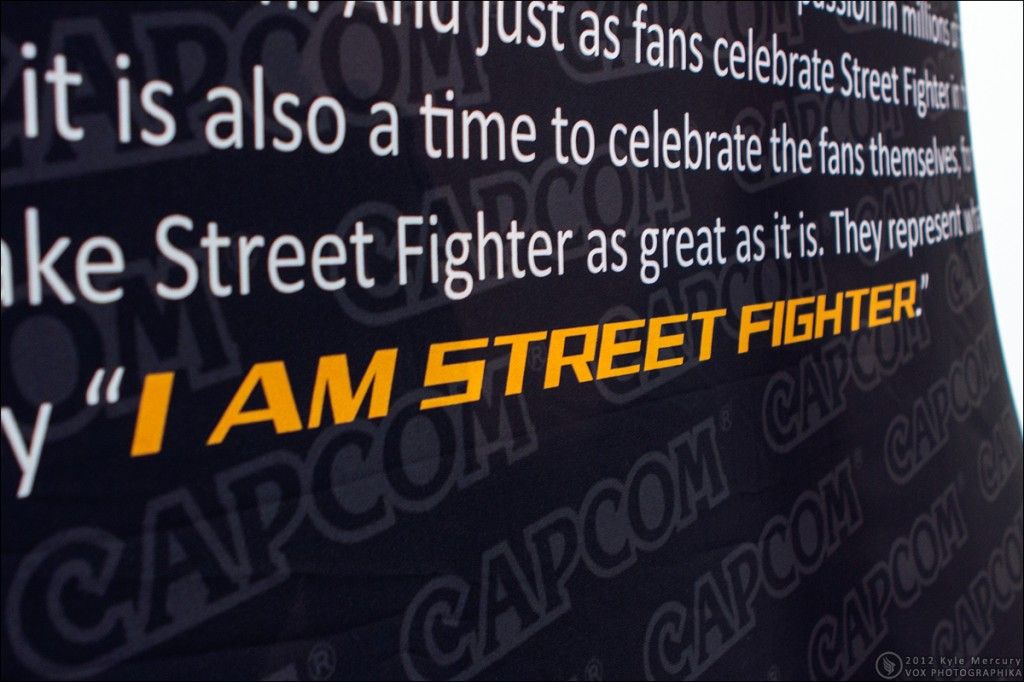
To commemorate a quarter century of continued success (and as a way to promote their 25th anniversary collector’s set, an amazing deal for $150.00), Capcom has created a Street Fighter 25th anniversary tournament series as an attempt to reach out and celebrate the fans that have made the game what it is today. While at the NYC qualifier, I had a chance to speak with Ryan Gutierrez (@Gootecks), Victor Fontanez (@TeamSpooky), and the commentating tandem “UltraChen”, consisting of David Philip Graham (@UltraDavid) and James Chen (@jchensor). With this collection of long time fighting game players and media personalities, we discuss the evolution of the fighting game community and Capcom embracing its fandom.
Paul LaCen: In what ways has the fighting game community changed in the last 25 years; has it become more intense or has it had to kind of calm down to appeal to a wider audience?
David Philip “UltraDavid” Graham: It hasn’t had to do anything. It has certainly changed; there are different people playing it nowadays. Not everyone grew up playing in the arcade, a lot of people didn’t; they grew up playing at home. That does lead into a little bit of a different culture. As the scene has gotten bigger with the release of games and the popularity of streams, there is a new influx of people. I feel that they have adopted a lot of the preexisting fighting game culture to a significant degree, but things are definitely different. Tournaments are run a little bit differently, people interact differently.
Having more people involved gives it more of a spectator feel than there ever used to be. Tournaments early on – everyone knew exactly what was going on because everyone who attended was a hardcore player, and that’s not necessarily the case today. So you have to explain things a bit more. Tournaments are growing and some of the bigger ones feel like conventions. I don’t think any of that was forced in any way though, I feel that it has been a natural progression as the scene has gotten bigger.
Ryan “Gootecks” Gutierrez: I guess the culture has definitely changed. It started out in the arcades, and then since about 2006, everything has shifted away from the arcades to the consoles. That changed the culture a lot because in the arcade setting you don’t necessarily have to be nice to anyone or play well with others.
The console shift changed things in the sense that if you want to get good and you don’t live in a place with a strong arcade culture, you kind of have be nicer to people. If you go into someone’s house to practice, things just aren’t as rough because generally people don’t act mean when they’re invited to someone else’s house.
Victor “Spooky” Fontanez: Although things have appealed to a greater range of people and more people are getting involved, all the people from ten and fifteen years ago are still here; most of them are still very strong players as well. But there has been a lot of growth, there are a lot of people who are just spectators, fans of SF who aren’t actually players. I feel that we haven’t had to lose anything to appeal to those people though. In fact, I think we’ve gained a lot as we’ve grown.
James Chen: It has changed significantly since I first started. In fact, David and I were just talking about it on stream. After a match, Sanford and Wolfkrone just started discussing the match. Players will actually do that now, they’ll ask each other “what were you thinking when this happened” and actually get an answer. That just wasn’t what it was like long ago. I joked earlier on stream that in the old days at the arcade, you would ask someone “why did you do that?” and you’d get “I dunno, I just felt like it”. So it’s changed a lot.
A lot of people like to talk about that old arcade feeling where everything was hardcore and everyone was mean or “evil”. It’s a little exaggerated these days, but there is still a lot of truth to it. The arcade culture was very different than how it is with the online scene.
Plus, the other thing that I think has changed is the amount of the information that can be spread through YouTube, Facebook, and community sites. Training videos and articles, the dissemination of information. The tools that help people learn have advanced so much now that the way we play fighting games is totally different than the way it used to be.
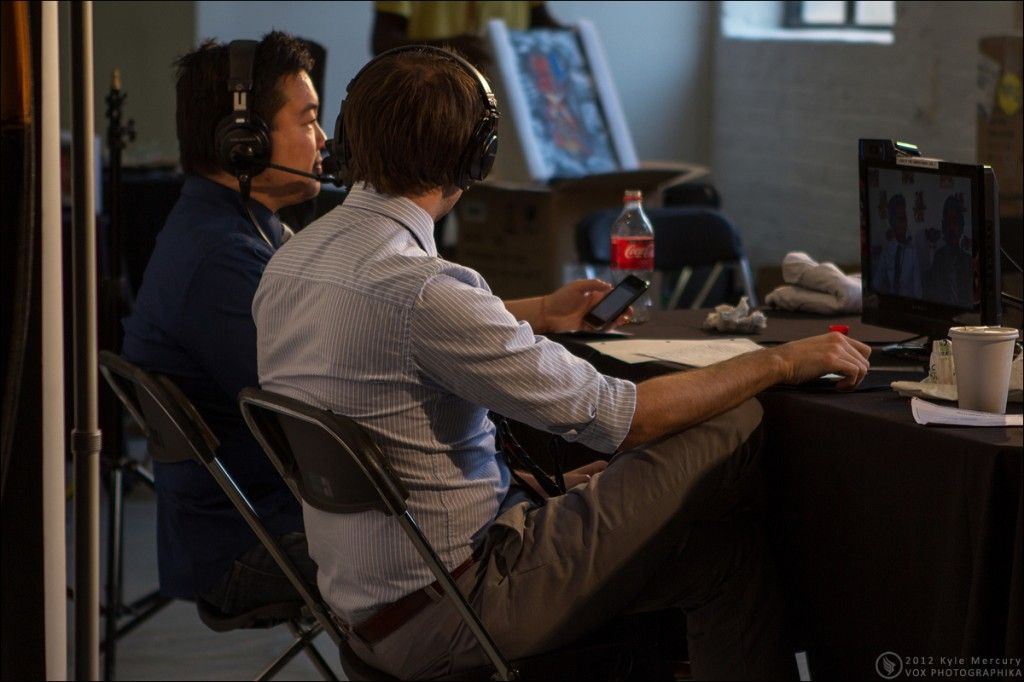
PL: In what ways do you think Capcom has made great strides in the recent years, and in what ways do you feel they could stand to improve?
DPG: This tournament series is a pretty big step in the right direction. From my perspective as someone in the fighting game community who wants to see Capcom support us more, I’m happy that they seem to be doing that. Putting out Arcade Edition v. 2012 to cover up an obviously imbalanced game solely because the tournament scene couldn’t take the original Arcade Edition seriously as a competitive game. Spending the time to release changes because of FGC feedback shows that they’re paying attention to us.
Those are both good signs. In the past they would release games, maybe throw a launch tournament for it; that was it, with no continued support. Now they’re trying to reach out to us and that’s a big thing, it creates brand loyalty when fans that support the game feel that they are being supported in kind. It’s a sign that they’re looking into making stronger, tournament-worthy games.
JC: This 25th anniversary is a great indication of the strides that they’ve made; they’re definitely trying to get more involved with the community. They hired Ryan "Fubarduck" Harvey to run the Austin tournament and Eric "Big E" Small, a tournament organizer with years of experience to run the northeast qualifier. Getting IPlayWinner and TeamSpooky to stream it and getting myself and David to run commentary, it’s nice to see them getting involved and reach out to the community. For the longest time, it felt like the community has been doing everything and now it feels like Capcom is trying their best to promote it as well.
To improve it, they just need to get involved more. You look at a company like Riot and how much they’ve put into League of Legends. They made a conscious choice to say “we see what Starcraft 2 is doing and how Blizzard is directly supporting its fans. We need to do everything we can to get League to that same level of community interaction”. Having the company that made the game directly support it pays off, League of Legends is easily the biggest game out there right now. Starcraft 2 does well because Blizzard’s directly involved with the players. If Capcom can get to that point where they don’t see the tournament scene as a secondary priority, but rather as the focus of their support, the sky’s the limit.
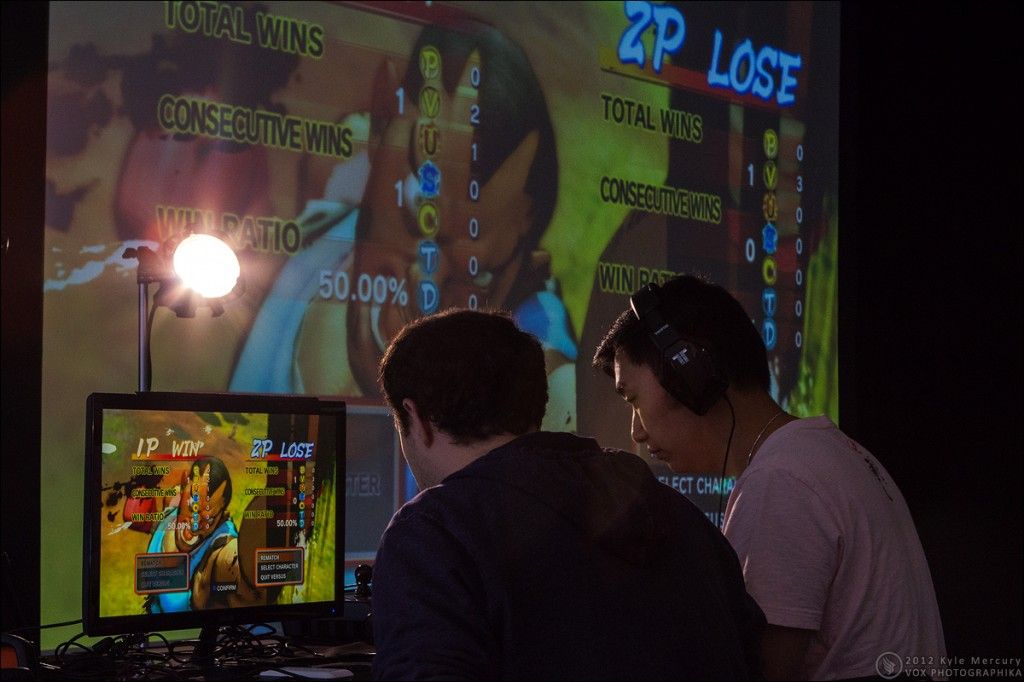
[EG] Puerto Rican Balrog squaring off with New York's own Chris Hu VF: Capcom really stepped up with this tournament; putting up five hundred thousand dollars in cash and prizes, that’s pretty amazing. It’s nice to see them directly give back to the competitive scene that pushed their games in the first place. Also, they’ve made a huge effort to release new titles and updates for the games. The first SF4 Arcade Edition was very unpopular; everyone complained about Yun and Yang being overpowered. They took it all into account and released v. 2012, and since then SF4 has been a big deal again, everybody’s really enjoying it. It’s nice to see Capcom look closely at the feedback and making the effort.
As far as improvement, I think the loss of Seth has really hurt them. I wouldn’t pretend that I know who could do his job, but they really need to find some way to carry on his effort. The loss of Seth has created this disconnect between the company and the community, and they need to find a new golden child to reestablish that connection.
RG: This 25th anniversary tournament series is definitely huge, because they have events all over the world with big cash prizes and the scion car for the winner for SF x Tekken. More importantly, who they brought on to run the tournaments is a big deal as well. Matt [Dahlgren, Senior Product Manager At Capcom] bringing on Big E, who has years of experience running NEC and Winter Brawl, in an administrative fashion, having TeamSpooky and iPlayWinner run the stream and UltraChen do commentary – Capcom kind of decided “why reinvent the wheel? Why not have the people who are already doing a great job work with us in an official capacity?”
As far as improvement, I think everything involved with Street Fighter x Tekken was executed poorly. The web content marketing that they did with Cross the Line was a poor choice, simply because there are so many content creators already involved with promoting games. Atlus recently released Persona 4 Arena and collaborated with Cross Counter, UltraChen and Levelup, who were already producing content, to help market the game. Capcom could have probably done something like that.
The DLC fiasco was a huge problem too. Capcom could have avoided that by not having the characters already on the disc. They said officially that it was to provide a smoother user experience so that time and money wasn’t wasted downloading a gigabyte of DLC. But when you really think about it , if you know anything about digital distribution, you know that bandwidth is pretty cheap, to the tune of 7 cents a gigabyte. If each of your downloads were 2 gigabytes, it would still only be 14 cents per download. At the cost of twenty dollars per download, I think 14 cents of those 20 dollars could have been allocated to server costs. Plus, when you take into account that everyone’s playing on broadband anyway, why would 2 gigs at the cost of 14 cents per download even be a factor?
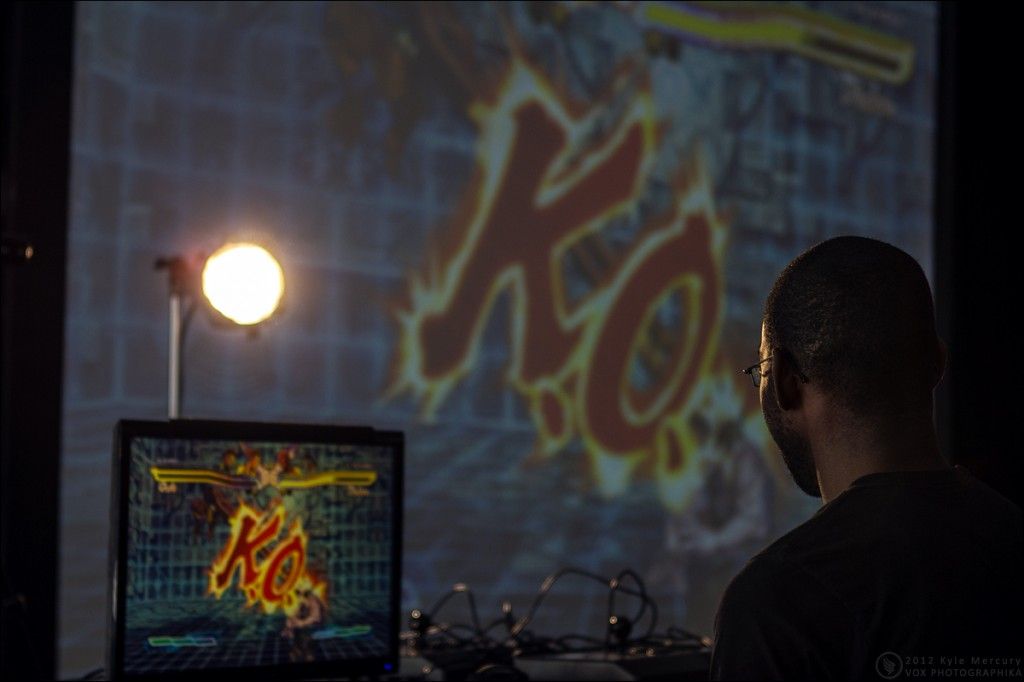
Rare footage of someone actually landing a KO in SFxT Lastly, the entire gem thing could have been – people didn’t want the gems, the gems were just kind of forced onto us with no way to turn them off. The funny thing is I was actually a big proponent of gems, and I still think they’re amazing; I think it’s a great idea, but even with Capcom allowing and encouraging gems in this official tournament, no one used them.
It’s really unfortunate because of the criticism the game gets about being boring and ending in time outs more often than not. Well guys, news flash, if you’re using gems to increase your offensive damage and grant yourself extra meter off of certain situations and setups, the match would probably go a lot quicker. But no one wants to budge on it, so everyone’s kind of playing this handicapped game, then getting upset because it’s not exciting. That’s not necessarily Capcom’s fault, but there are a number of ways that the situation could have been handled.
The other problem is that by enforcing the gem system, you have all these tournament organizers who don’t have access to multiple sets of DLC gems without paying for them. A very simple solution to that is creating an application system for tournament organizers to obtain DLC codes for gems.
The FGC is pretty tightly knit, there are no strangers in this community. In fact, we have representatives from Capcom who are on a first name basis with most of the community. Any tournament that is going to be worth going to will be well advertised and no one’s going to get one over on Capcom by trying to get DLC codes for individual use. Capcom’s motto is obviously not “let’s sell DLC to tournament organizers”, so why not create a system that promotes that method of play? It’s nothing that they likely didn’t do with reviewers anyway, and despite the game doing well in reviews, that did nothing for the game and it flopped anyway.
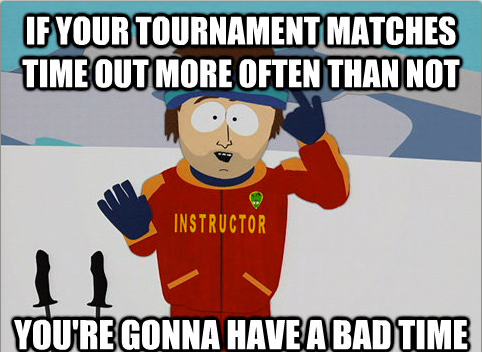
PL: There was a huge lull in the fighting game community in the mid to late 2000’s, what do you feel has caused such a significant revival?”
DPG: If I had to put them in order I would say number one was Seth Killian and number two was Street Fighter 4. Thanks to Seth, Street Fighter 4 was good. Thanks to him, in significant part, that game was made in the first place. Those two things brought in so many new and returning faces. While some people didn’t play it because they stuck with Third Strike, Capcom vs Snk 2, or Marvel 2, for the most part the scene went with it.
Because of that, companies saw that 2D fighting games can be economically viable and have put out a ton of games since then. Street Fighter 4 started it off by showing that a developer can make money doing it, encouraging companies to make their own games with different styles and aesthetics. By attracting more players that may have never thought to play a fighting game before, these games have been making money. The only exception as far as I know is SF x Tekken, but that failed for its own reasons that had nothing to do with the scene itself.
VF: Yeah the late 2000’s were pretty bad. I think Evo 2007 featured Mario Kart or something; that shows you how bad things were at the time. They had Mario Kart because nothing was happening in the fighting game genre. Then you had that whole thing with Steve H vs Justin Wong in Capcom vs SNK 2, where one tournament match went on for like an hour; people were just getting tired of it all.
I don’t think that was the fault of anyone in the community because the community was still supporting the games. The release of Street Fighter 4 ushered in a new era, there are still people who are great at Third Strike, we had a great Third Strike event here this weekend, but now we have so many games. People are playing SF, Marvel and even SFxT to a lesser extent, although it’s been unpopular. Persona 4 Arena just came out, and KOF was incredibly hype at Evo. All of these games drawing in new players has really helped out.
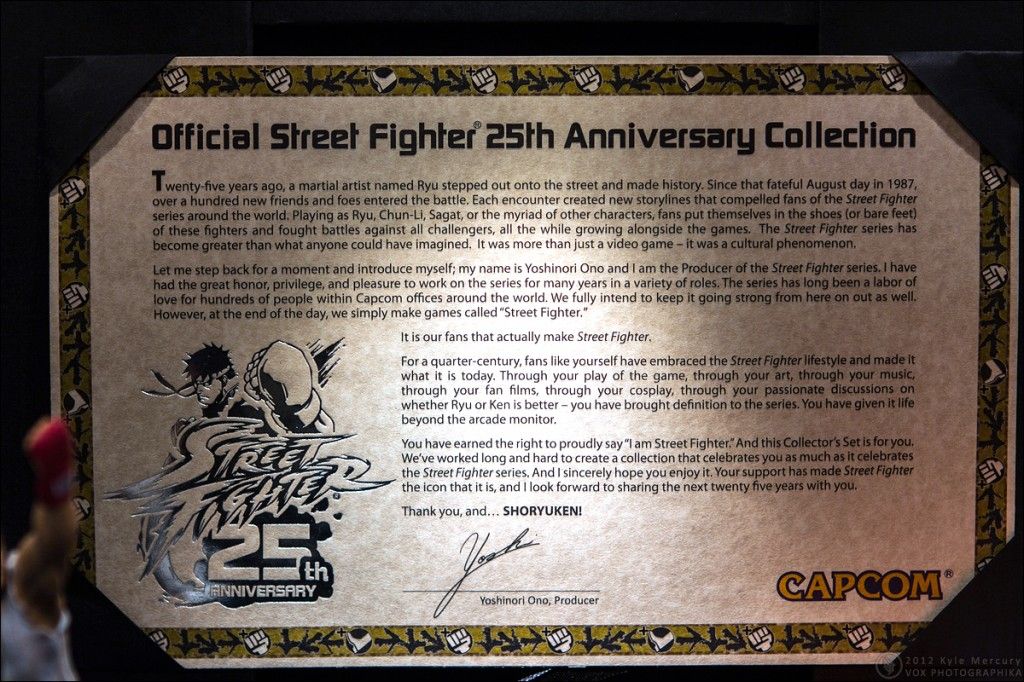
RG: Street Fighter 4, for sure. After playing Third Strike all weekend and then stepping back to take a look at Street Fighter 4, I was yet again amazed by how great it looks. The release of Street Fighter 4 really sparked the revival and brought together a lot of players who didn’t exist in the same circles; players like myself who played Third Strike finally got a chance to play people like [Cross Counter Co-Host] Mike Ross, who was a Marvel player. That’s actually how we started hanging out and became friends, resulting in Cross Counter. If it weren’t for Street Fighter 4, we’d all still be playing in our own little circles, and the genre would have likely not have grown in the way it has.
JC: Street Fighter 4 brought back what was fun about fighting games to a lot of people. The fact that Street Fighter 4 was a simple enough game that a lot of people could come back and play it and not worry about “-isms” and “grooves”; no “Here’s a low jump, here’s a parry.” It was simple enough.
Then it brought back characters that we remember, that we love. The fact that it brought back iconic characters like Zangief, Guile, and Blanka… When you bring up Street Fighter 2, everyone remembers the first character they played with. There was just a 25th anniversary art exhibit; you had all these people who had fallen in love with these characters expressing it through their art work. The original cast of the game is just so iconic, and it brought a lot of people back into the scene.
So the game brought back the players, and then the streaming technology allowed us to give the players to the public, which has in turn caused the scene to explode. Now we have our heroes; players that we love. It has caused the scene to grow in a way that I think is fantastic.
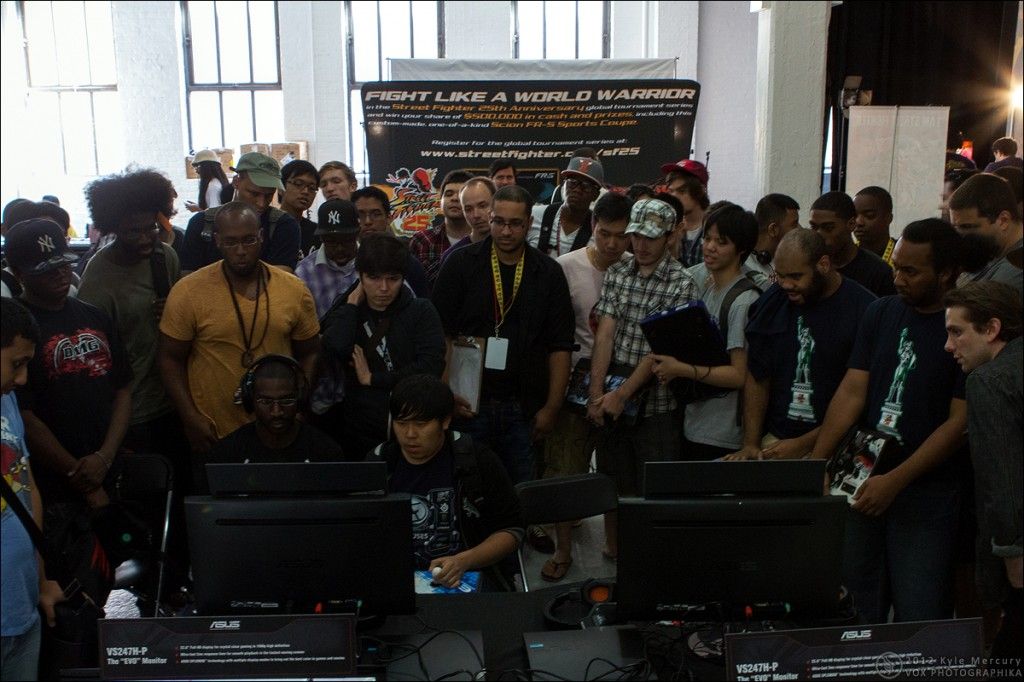
The crowd gathers to watch as (tournament champion) [BT] Dieminion faces off with [EG] Justin Wong. PL: Because of the streaming and the growth of the medium, the community has expanded significantly. People who have never picked up a fight stick come to these events to watch and cheer. My wife came to this event and picked out notable players and personalities despite not playing fighting games. With all of this growth, what do you feel is the next stage in media progression for the fighting game community?
DPG: I expect things are going to get a little bit bigger. I’m not looking to get a routine 100,000 viewership, even the bigger events aside from evo and a few select nationals don’t really do that. I expect that it will remain relatively niche, but that isn’t to say that it isn’t growing and it won’t continue to grow; I think it has significant viewership growth ahead of it.
There’s this relatively new strain of people who are into fighting games that are mostly spectators, and I expect that will continue. The most important thing to me is if those spectators then pick up a game themselves. As far as the media itself, it’s not terribly lucrative stuff. But it’s fun, and the people who do it – our number one concern is that we are doing things for the community. We’re not trying to and we definitely can not make ridiculous money off of this.
I don’t think it’ll get to anything like League of Legends level; they tend to hit a couple hundred thousand on streams not too infrequently. We’ve never seen anything like that, but that’s fine. To continue to have the growth that we have had, it’s really a matter of seeing the progression. When we started with Wednesday Night Fights, I remember when we thought that getting a thousand viewers was amazing. Now, if we get below 5000 in a week, we start to ask what went wrong. That’s still huge percentage of growth in a few years, and I’m really happy with that.
RG: You know what you don’t see a whole lot of? Wrap up videos and highlight reels of big events. Take this tournament for example; it’s a two-day event. And yeah, you could sit at home all day and watch every second of the event all weekend, but really, who’s sitting there on their weekend off and watching everything?
I feel that there are a lot of people who only watch about an hour, max, over the weekend. In my mind, what could be greatly improved in terms of media production would be wrap up videos, some way to watch the highlights of a tournament in a five-minute video. “Here are the top 10 moments of the Capcom anniversary tournament”.
It’s difficult; it’s actually not the easiest thing to do. It’d require some sort of other entity that has all the video resources over the weekend, but acts in their own capacity. You couldn’t have IPlayWinner or TeamSpooky doing that because they’re obviously burned out from running the stream all weekend. If there were a separate group that had experience in content production that could do something like that and get paid by either the tournament organizers or some media outlet, that’d be a nice step.

VF: In my opinion, the streaming technology needs to improve before we can progress. The programs that are in use, the cameras and even the CPUs we’re using – give the streaming community a couple of years and you’re likely going to see a huge evolution in the quality of streams. The media producers and streamers that are out there have some great ideas and know what they’re doing, they’re just waiting for the technology to catch up to their vision so that they can do their job better.
JC: That sort of thing, reaching out to a wider audience, is the core goal that I’ve always had in the fighting game community. During the lull, whenever Evo would come out with DVDs, I would create the trailers. Over the course of a few years, my focus shifted from exhibiting gameplay to almost entirely focusing on the players, the crowd and the reactions. It really comes down to the players. The reason people get more involved is become fans of Justin Wong, Dieminion, Wolfkrone and Chris G. They become invested in and follow Yipes, Clockwork, and Combofiend. We’re drawn to them for their personalities as much as we are impressed by their skill.
I compare the fighting game community to poker a lot. When poker got big, its because they said “Okay look. Here’s Daniel Negreanu, here’s Phil Hellmuth and Phil Ivey.” They showed all these people, showed us their backgrounds, they history and their stories. As much as people don’t like to admit it, human drama is what we’re all drawn to.
The beautiful part of it is that it doesn’t matter what game is being played. If Justin Wong started playing Persona 4 Arena, we’d care about him the same as when he’s playing Street Fighter or Ultimate Marvel, because we know Justin Wong. I don’t want to call the games irrelevant, but it really comes down to the people. That’s why David and I tend to give people some background information on players when they come up on stream. Obviously we need to make strides in the media, but a lot of that will work itself out as long as we keep promoting the human element.
You can view a gallery of the event below. Photos provided by Kyle Mercury

